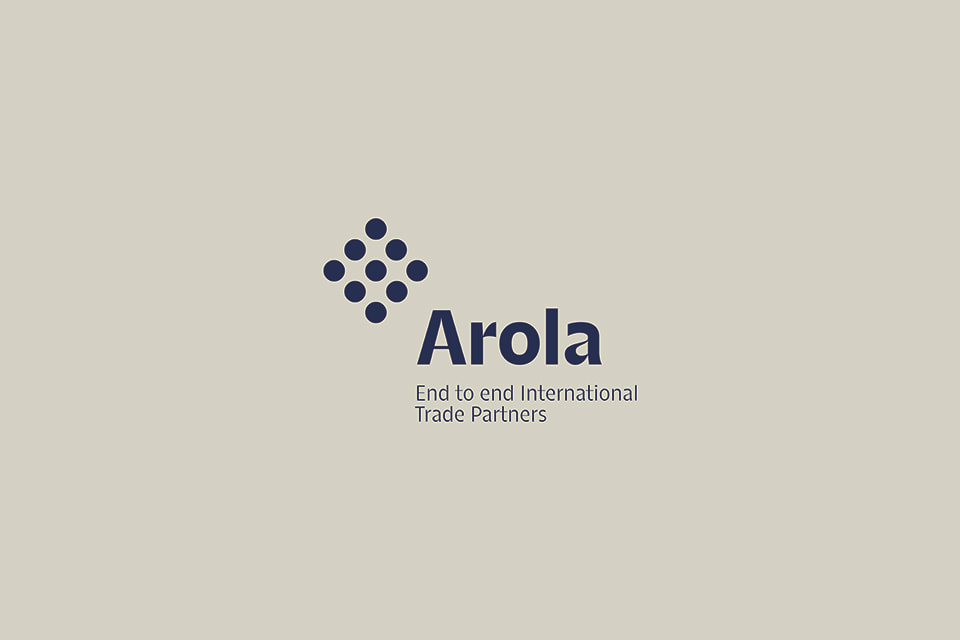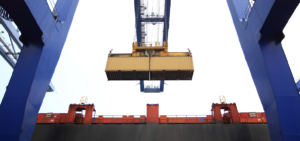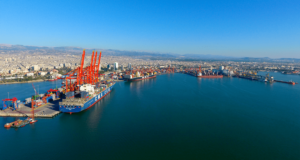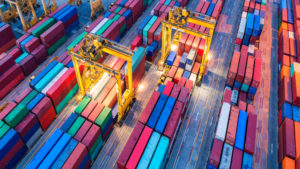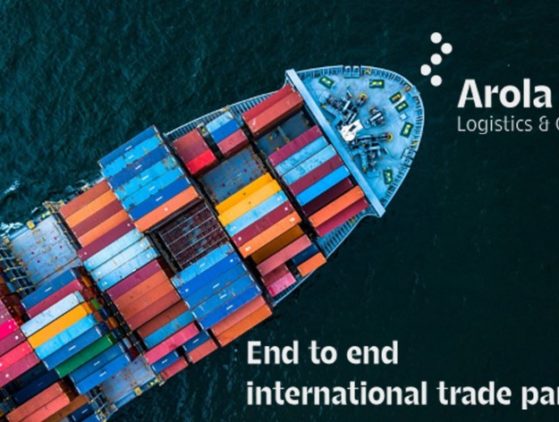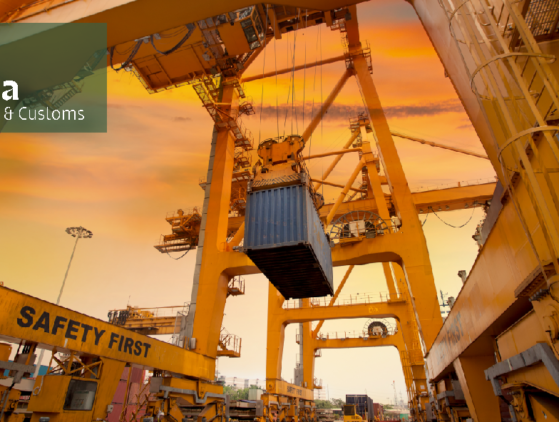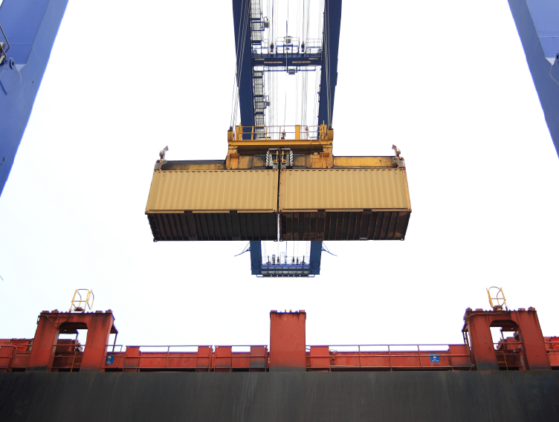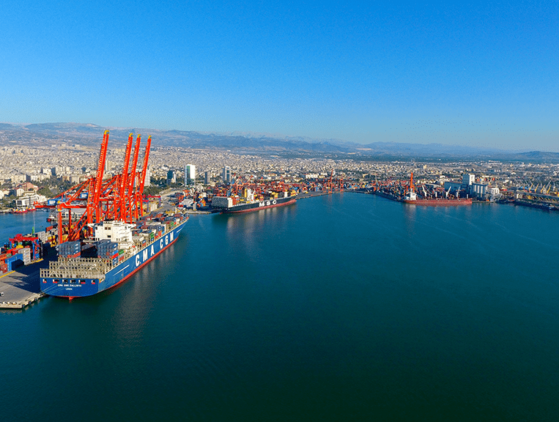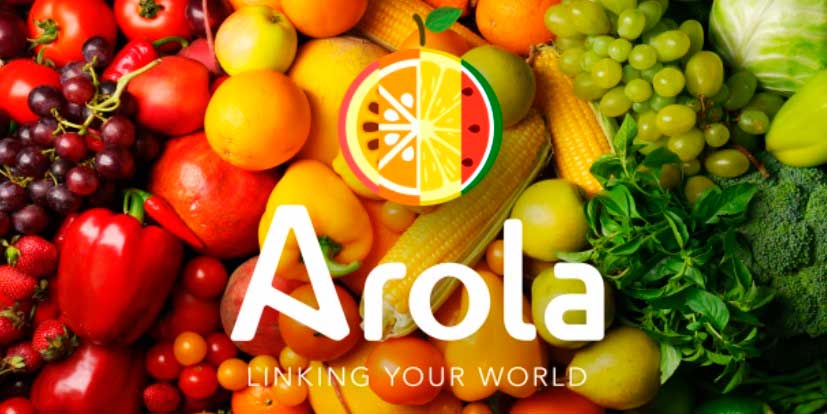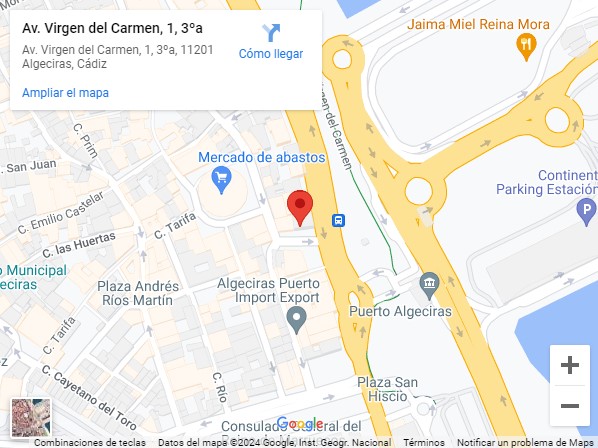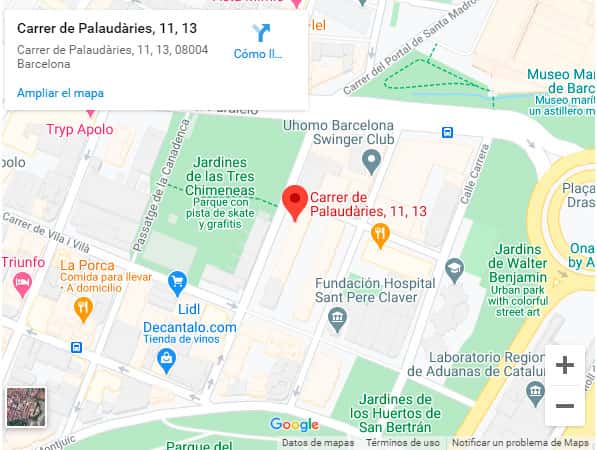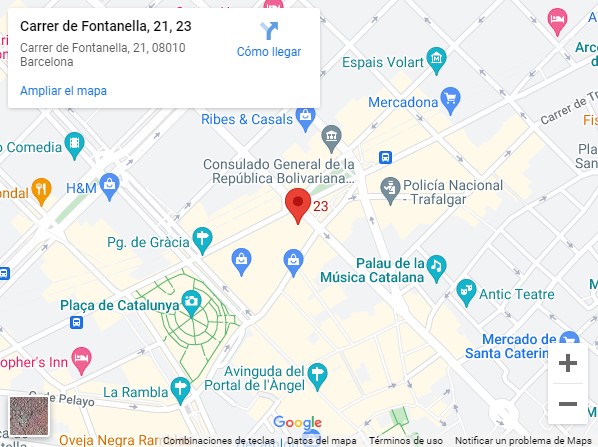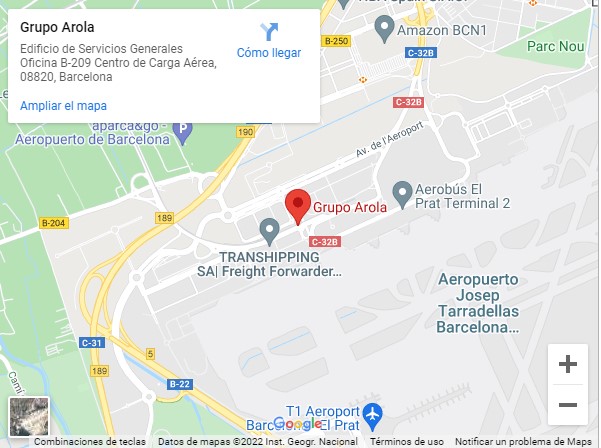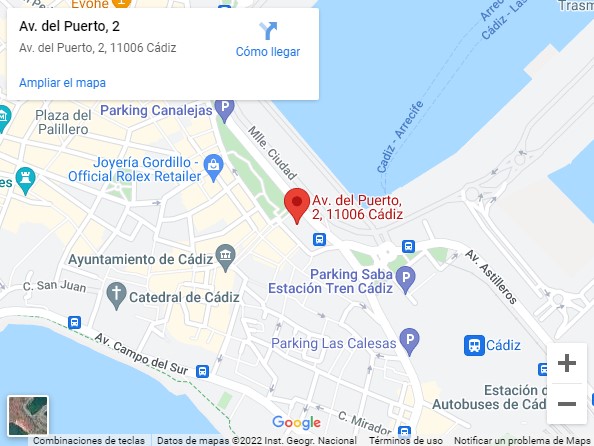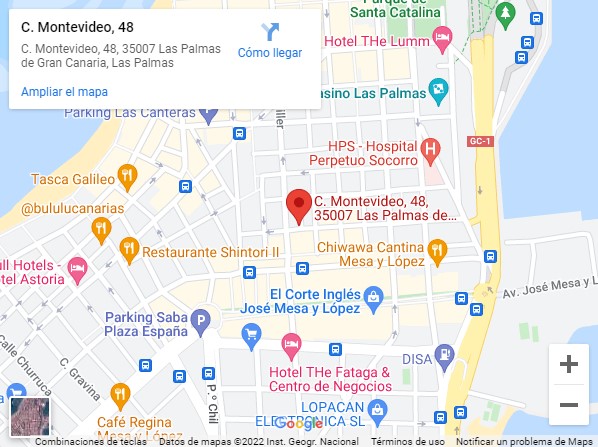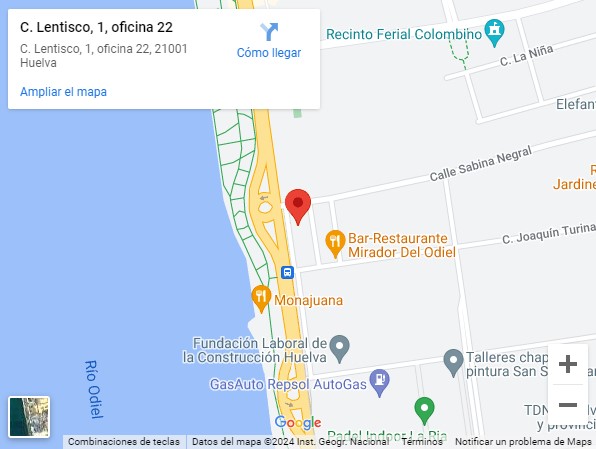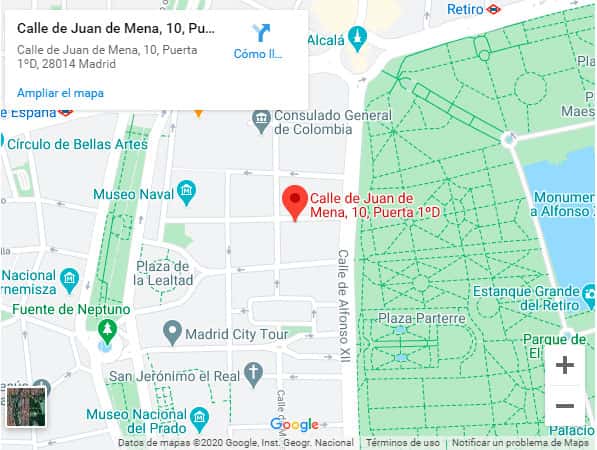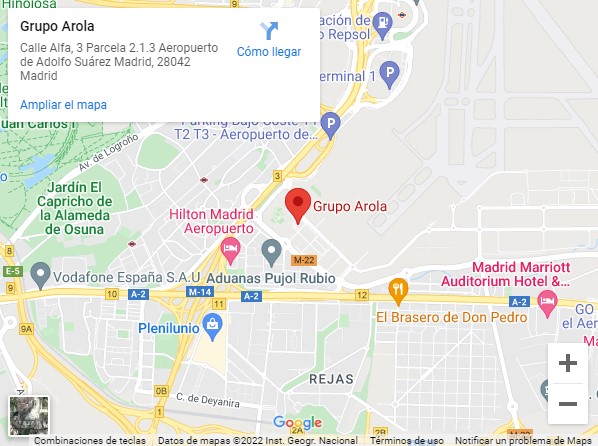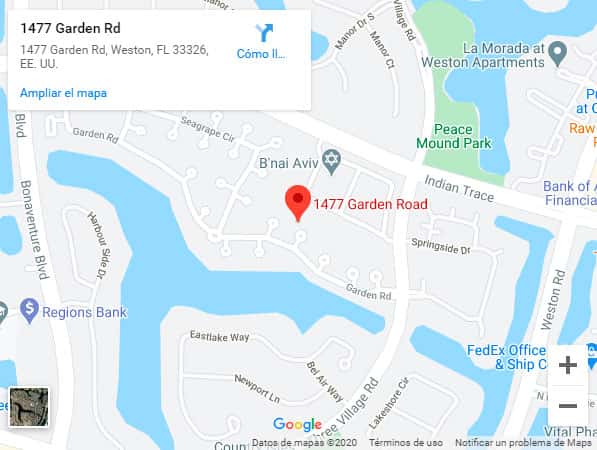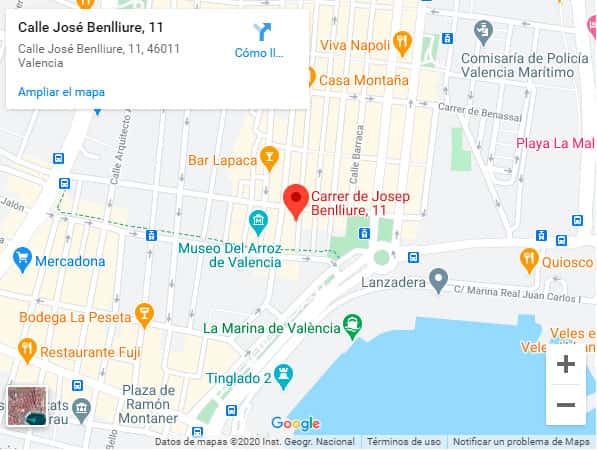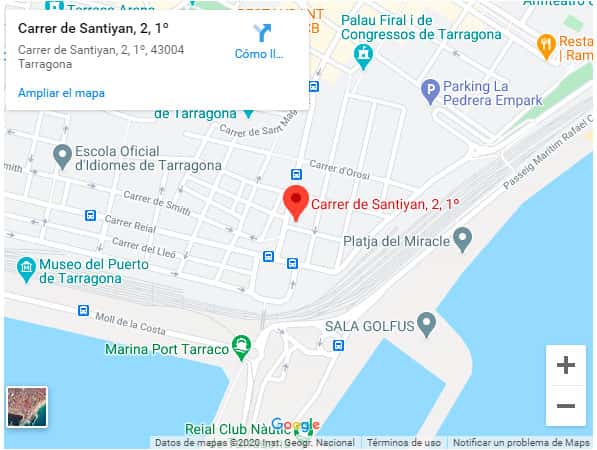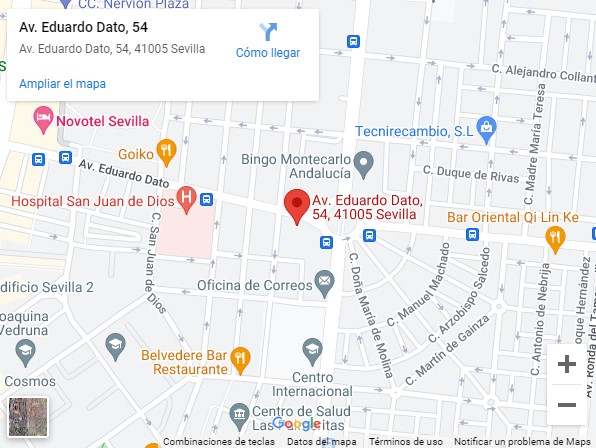The average growth rate for the years 2014 and 2015 was 4.1% and, according to experts, the expected growth for the years 2016 and 2017 will be 2% and 3%, respectively. If the forecast holds, the South American country will be chained a decade of sustained economic growth.

In this growing, foreign trade has contributed decisively in this evolution that began in 1969 with the establishment of the Andean Community of Nations integrated, in addition to Colombia, Bolivia, Ecuador and Peru but, undoubtedly, its membership of the World Trade organization (WTO) in April 1995 and previously as a GATT member contracting in 1947 – where Spain was not integrated until 1963 – laid the basis for many agreements that Colombia have subsequently signed.
Colombia is an open economy, with various free trade agreements (FTA), such as the one signed with the United States in 2006, Canada in 2008 and is a founding member in February 2014 of the Pacific Alliance with Chile, Peru and Mexico. It also has preferential trade agreements with the Mercosur countries, with the CARICOM (Caribbean Community), Panama and Costa Rica, among others countries in the region and in negotiating with Israel and South Korea.
The EU and Colombia signed in 2012 a free trade agreement that not only aims to facilitate trade and investment through liberalization of payments, but also opening up public procurement, providing legal security for investments with appropriate protection of intellectual property rights and free competition, establishing dispute settlement mechanisms that are quick and effective. The agreement also establishes a progressive and tariff dismantling for the respective originating products although many of them have already access at reduced or zero to the Colombian market for most of industrial products rights. In the case of the EU, since the entry into force of the Agreement, 99.9% of Colombian imports of industrial products not settled tariff duties.
Colombia has seen the FTA with the EU very positively as it believes has brought an increase in GDP of 0.46%, an increase of exports by 0.71% and its imports by 1.73%.
Of the 189 countries in the world Colombia placed at position 43th on the ease of doing business, according to the ranking of countries “Doing Business” 2014 having fallen to 54th in 2015 caused, according to the Colombian administration, to the new calculation methodology where the World Bank not study the previous reports.
In infrastructure and port services have a fundamental role of facilitation and development of business operations in Colombia. Currently, more than 98% of exports and imports made by the country are carried out by sea. Colombia has nine port areas, two of them in the Pacific, Buenaventura and Tumaco and seven in the Caribbean coast of Cartagena, Santa Marta and Barranquilla are the most important, concentrating 60% of import traffic and export. For its part, Buenaventura port was the first stage of the “Pact for Logistics Efficiency”, a pioneering project in the region driven by the public and private sectors established since late last year permanent mobility Bogotá-Buenaventura corridor. With this Pact operations will be managed 24 hours a day, 7 days a week, achieving the best quotes logistics effectiveness, based on infrastructure and technology.
Air cargo, meanwhile, focuses almost exclusively on the airport of Bogota which is also the one that moves the greatest cargo of all Latin America, with Tm 622.000.-
Customs management in Colombia is headed by DIAN – Directorate of National Taxes and Customs – includes two types of storage areas for goods. The one’s-called “primary customs zones” and “secondary customs areas.” The first one, are stores authorized by the Customs to carry out the physical operations of reception, storage and movement of goods entering or leaving the country, where the customs authority exercises unrestricted their power to control and surveillance.
The “primary areas” include public docks and harbors, airports, public, private warehouses and industrial facilities to develop processes inward border crossings authorized by rules of the Andean Community of Nations and the roads allowed to the transfer goods under customs supervision to the place where the customs formalities have to be fulfilled.
“Secondary areas” are on the inside and allow them the access of goods which remain under Customs control, performing the transfer of them under the rules and standards determined by the customs rules. This can be important at the moment of valuing the costs of goods at arrival time and requiring, for any reason, a prolonged period of storage.
Customs operations in Colombia are highly technical. Most customs operations are performed by telematics system
which means allowing an enormous agility, objectivity and efficiency in the Customs clearance process. The technology also applies to other aspects of foreign trade in Colombia as certificates of origin in digital format for exports to Ecuador and Chile, and its progressive implementation for exports to other countries. It can give us an idea of the progress of Colombia comparing to EU, where using digital certificates of origin is not scheduled until January 2017.
The efficiency ratio in customs clearance published by the World Bank is 2.59 (1 being the lowest indicator and 5 being the highest) ranking, for example, Peru in 2,47, 2,69 Mexico and Spain in 3.63. These rates are derived on the criteria of speed, simplicity and predictability of the import and export procedures. Without a doubt, the figure of Authorized Economic Operator (AEO) is being decisive about it. In effect, certification promoted by the World Customs Organization has been implemented successfully in Colombia where reputable companies have already the benefits of lower controls on their customs procedures, faster speed and a Customs officer that protects and tutelary permanently operations of these companies. In AEO certification in Colombia also participates, along with the DIAN, the ICA (the Colombian Agricultural Institute) INVIMA (the National Institute of Food and Drug Monitoring) and the narcotics squad.
Colombia is a country with huge opportunities, with a legal security c and economic stability that allow investments and make transactions for import and export.
